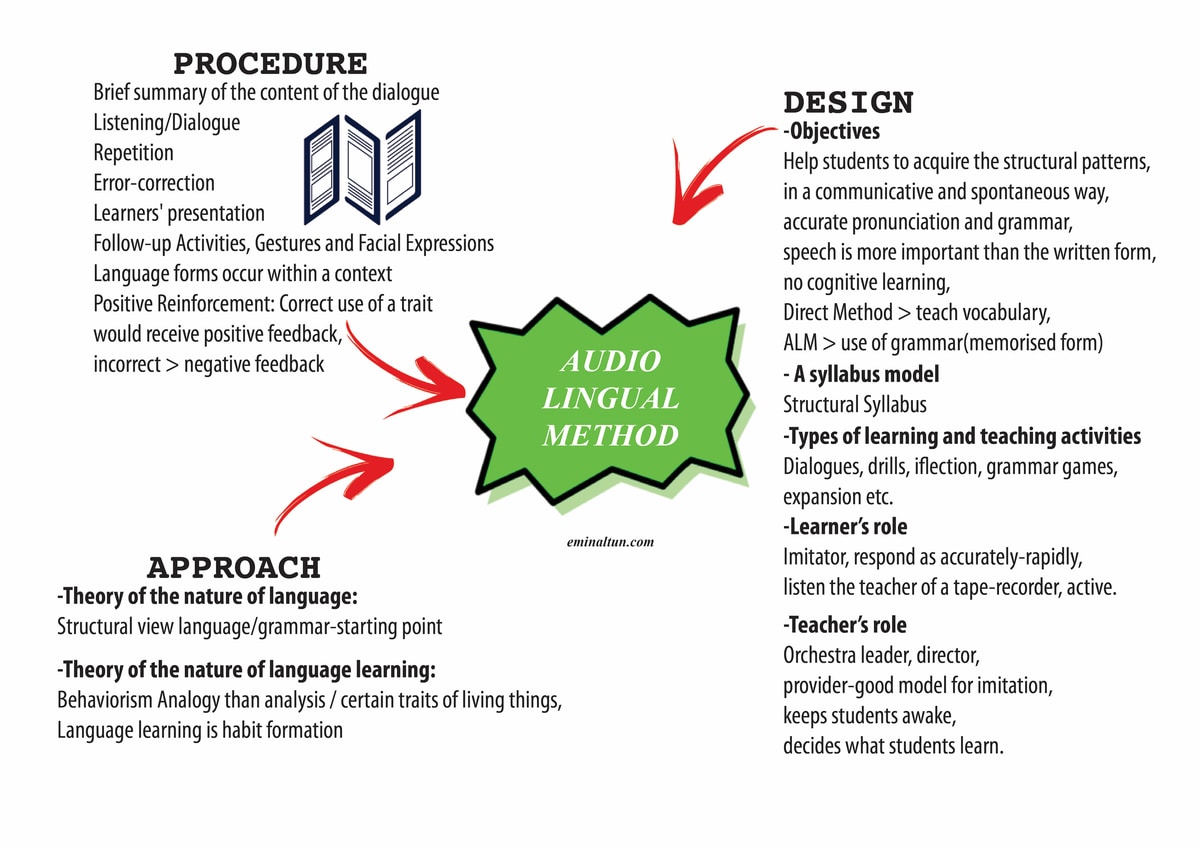This is a 8 months long thesis, project and research film. The title of our study is ‘The Effectiveness of Using Augmented Reality to Enhance Students’ Writing Skills’. The project was applied in a high school in Istanbul and supported by Scientific and Technological Research Council of Turkey.
To create AR based materials, Metaverse Studio and App were used during the study. Students in experimental group using AR based materials were more motivated to writing and performed 14% better results in their total writing.
It is also a responsible project and used 2674 ton CO2 less carbon footprint.
The study was submitted to Assoc. Prof. Dr. H. Gülru Yüksel by Özge Koç and Emin Altun.
Thanks to: Yıldız Technical University and Besiktas Anatolian High School

